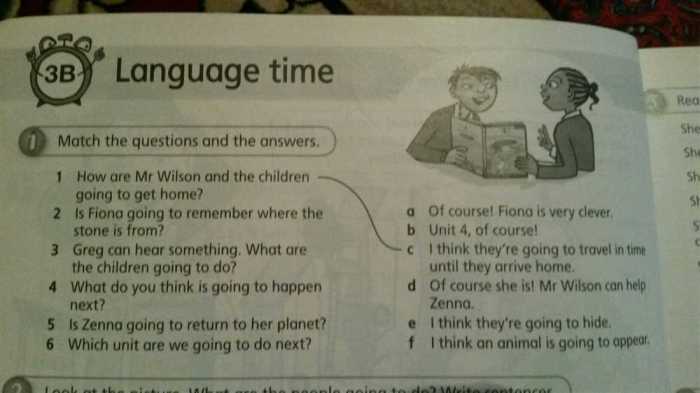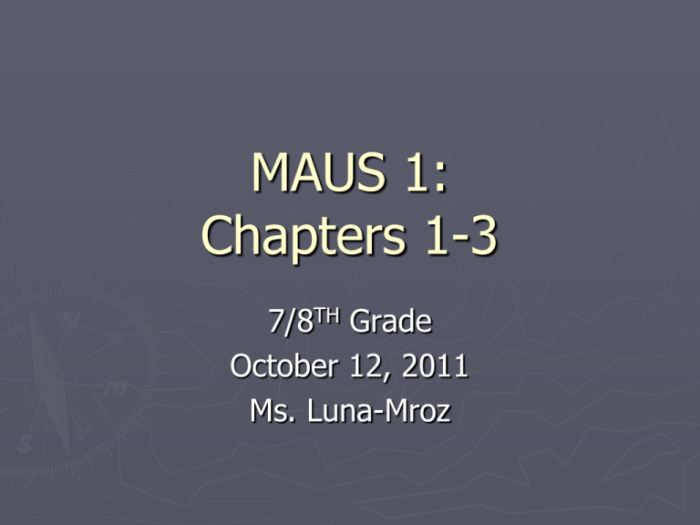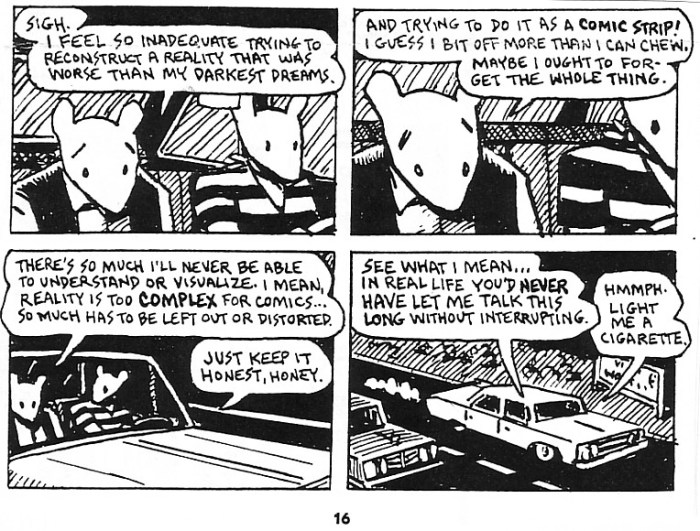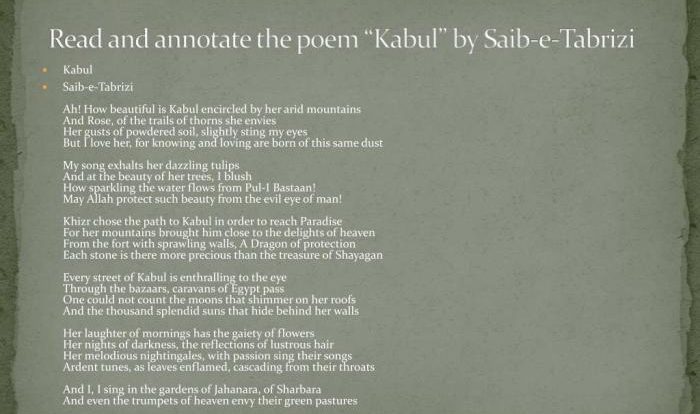Delve into the depths of Art Spiegelman’s “Maus” with our comprehensive Maus Questions and Answers PDF, an indispensable resource for understanding the profound themes and captivating narrative of this groundbreaking graphic novel. This meticulously crafted PDF offers a thorough exploration of the novel’s key characters, historical context, literary techniques, and enduring relevance.
As you navigate through this guide, you will gain invaluable insights into the Holocaust’s harrowing impact on the characters’ lives, the ethical considerations of depicting such a sensitive subject through graphic art, and the novel’s enduring influence on literature and popular culture.
Overview of Maus: Questions and Answers PDF

The “Maus: Questions and Answers” PDF document serves as a comprehensive guide for understanding Art Spiegelman’s Pulitzer Prize-winning graphic novel, Maus. It provides a detailed overview of the novel’s themes, characters, historical context, and artistic techniques.
The PDF covers various aspects of the novel, including:
- The historical background of the Holocaust and its portrayal in Maus.
- The symbolism and allegory used throughout the novel.
- The characters’ development and their relationships with each other.
- The novel’s artistic style and its impact on the narrative.
Key Themes and Characters
Art Spiegelman’s “Maus” is a graphic novel that explores the complexities of the Holocaust and its aftermath through the lens of a father-son relationship. The novel’s central themes revolve around the nature of memory, trauma, and the struggle to make sense of a world that has been irrevocably changed.
Main Characters
The novel’s main characters are Vladek Spiegelman, a Polish Jew who survived the Holocaust, and his son, Art, who interviews Vladek about his experiences. Through their interactions, the novel explores the ways in which the Holocaust has shaped both Vladek’s and Art’s lives.
Symbolism and Allegory
Spiegelman uses symbolism and allegory throughout the novel to convey the horrors of the Holocaust and its lasting impact. For example, the Jews are depicted as mice, while the Nazis are depicted as cats. This animalistic imagery serves to dehumanize the victims and perpetrators of the Holocaust, highlighting the ways in which the Nazis sought to reduce their victims to mere objects.
Historical Context and Impact

The Holocaust, a horrific event in human history, serves as the historical backdrop for “Maus.” This genocide, orchestrated by the Nazi regime during World War II, targeted and exterminated millions of Jewish people. The novel poignantly captures the impact of this tragedy on the lives of the characters, particularly the protagonist, Art Spiegelman’s father, Vladek.
Vladek’s experiences during the Holocaust profoundly shape his personality and relationships. His trauma and the loss of his family members leave an enduring mark on his psyche, influencing his interactions with his son, Art. The novel sheds light on the lasting effects of the Holocaust, highlighting the psychological and emotional scars it inflicted on its survivors.
For a comprehensive guide on the subject, check out the Maus questions and answers PDF. Additionally, to delve deeper into the world of art, you may find inspiration in the insightful piece “To SM, a Young African Painter” here . Returning to the Maus questions and answers PDF, it provides an in-depth analysis of the graphic novel, enhancing your understanding of its historical significance.
Role in Raising Awareness and Educating
As a graphic novel, “Maus” plays a crucial role in raising awareness and educating about the Holocaust. Its unique format makes the subject matter accessible to a wider audience, particularly younger readers. Through its compelling narrative and powerful imagery, the novel humanizes the victims and perpetrators, fostering empathy and understanding.
By presenting the Holocaust through the lens of a personal story, “Maus” breaks down the barriers of historical distance. It allows readers to connect with the experiences of those who lived through this horrific event, creating a more profound and lasting impact.
Ethical Implications of Using a Graphic Novel Format
The use of a graphic novel format to depict the Holocaust raises important ethical considerations. Some critics argue that the medium, with its inherent visual nature, risks trivializing the gravity of the subject matter. Others contend that the graphic format, with its ability to convey emotions and experiences, can effectively convey the complexities of the Holocaust.
Ultimately, the ethical implications of using a graphic novel format lie in the responsibility of the author to treat the subject with sensitivity and respect. By presenting a nuanced and historically accurate portrayal, “Maus” demonstrates that the graphic novel format can be a powerful tool for educating and raising awareness about the Holocaust.
Art and Literary Techniques
Unique Art Style and Visual Storytelling
Mausis renowned for its unique art style, which employs anthropomorphic animals to represent different nationalities and ethnic groups. The novel’s visual storytelling techniques, such as the use of animal symbols and the depiction of historical events, create a powerful and immersive experience for readers.
Art Spiegelman’s minimalist black-and-white illustrations effectively convey the novel’s emotional depth and historical significance. The use of animal symbols allows readers to connect with the characters on a personal level, while simultaneously highlighting the horrors of the Holocaust and the dehumanization of its victims.
Use of Metaphor, Simile, and Literary Devices
Spiegelman masterfully employs metaphor and simile throughout the novel to convey complex emotions and historical events. For example, the mice, representing Jews, are depicted as being hunted by cats, symbolizing the Nazi regime’s persecution of Jewish people.
Other literary devices, such as foreshadowing and symbolism, are also used effectively. The novel’s structure, with its interweaving of present and past narratives, adds to the emotional impact and keeps readers engaged.
Impact of Structure and Pacing
The novel’s unique structure and pacing contribute significantly to the reader’s experience. The alternation between Vladek’s present-day narrative and Art’s retelling of his father’s Holocaust experiences creates a sense of urgency and immediacy.
The novel’s deliberate pacing allows readers to fully absorb the emotional weight of the events being recounted. The slow, methodical storytelling style mirrors the slow and deliberate process of Vladek’s memory and Art’s understanding of his father’s past.
Critical Reception and Legacy

Upon its release, “Maus” received widespread critical acclaim and became a commercial success. It was praised for its innovative use of the graphic novel format to depict the horrors of the Holocaust and for its unflinching honesty and emotional depth.
Impact on the Literary World
“Maus” revolutionized the graphic novel genre, proving that it could be a powerful medium for exploring serious and complex topics. It inspired a wave of graphic novels that tackled historical events, social issues, and personal experiences.
Influence on Other Works of Art and Popular Culture
“Maus” has had a profound influence on other works of art and popular culture. It has been adapted into plays, operas, and films. Its imagery and characters have been referenced in countless works, from literature to television shows to music.
Enduring Relevance and Contemporary Importance, Maus questions and answers pdf
“Maus” remains a vitally important work in contemporary discussions about the Holocaust. Its unflinching depiction of the horrors of genocide serves as a powerful reminder of the dangers of hatred and intolerance.
Expert Answers: Maus Questions And Answers Pdf
What is the significance of using animals to represent characters in “Maus”?
Spiegelman’s use of animals as characters allows him to explore the dehumanizing effects of the Holocaust while also creating a relatable and emotionally resonant narrative.
How does “Maus” challenge traditional notions of history and storytelling?
By blending personal narrative, historical documentation, and graphic art, “Maus” subverts conventional historical accounts and invites readers to engage with the Holocaust on a deeply personal level.
What are the ethical implications of using a graphic novel format to depict the Holocaust?
Spiegelman’s decision to use graphic art raises questions about the limits of representation and the responsibility of artists in portraying such sensitive subject matter.
